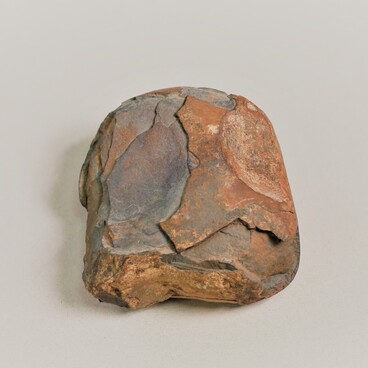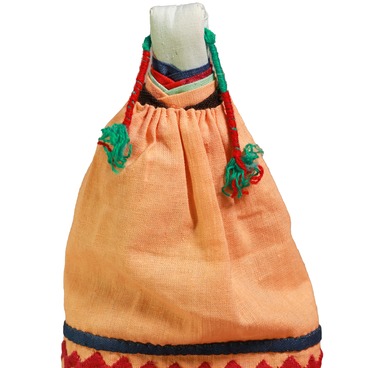The cult of waterfowl was widespread among many peoples in the territory of Western Siberia. Their veneration began more than one millennium ago. The formation of this cult was influenced by the world order idea of the ancient inhabitants of Siberia. The Ob-Ugrians, as Khanty and Mansi people were called, believed that the universe was three-tiered. Each animal lived on its tier, and only waterfowl had access to all three floors: the sky of the upper world, the ground of the middle world, and the water surface of the lower world. This is how the idea of birds as intermediaries between worlds was born.
Waterfowl also appeared in ancient legends. For example, among the Ob-Ugrians, the main character of the myth of the origin of life on the earth was a loon Luli (in other sources, it was a wader). Many years ago, a bird took a piece of silt from the bottom of the ancient ocean. This piece grew in length and width and turned into a land. Another legend has it that a duck laid an egg, and it became continents among the ancient ocean.
The cult flourished in the Middle Ages: it was then that the bird was most often depicted on breast, waist, and shoe decorations.
Bronze duck foot pendants are very common in Western Siberia, they are also found during excavations on the territory of the Nefteyugansk District. Researchers believe that the birthplace of such pendants is the Middle Kama region. Prototypes of these accessories appeared long before present era.
Now medieval small metal plastics are found as cult attributes in the home sanctuaries of the Khanty. They were used as decorations for women’s sewing bags and as amulets tied to children’s cradles.
The item displayed at the exhibition “Ugra Heritage” was presumably made in the Kama region in the 10th — 15th century, and it appeared in the Nefteyugansk District as the result of a barter trade. The item was found on the territory near the Bolshoy Balyk River during an archaeological expedition of the Center for the Protection and Use of Historical and Cultural Legacy. In 1997, the “duck foot” was transferred for storage to the Nefteyugansk Museum of Local History (now the Museum of the Ob River).
The bronze pendant is an image of a duck foot. The outer surface is decorated with a relief pattern. There is a hole at the top for hanging on clothes and fake braids.
Waterfowl also appeared in ancient legends. For example, among the Ob-Ugrians, the main character of the myth of the origin of life on the earth was a loon Luli (in other sources, it was a wader). Many years ago, a bird took a piece of silt from the bottom of the ancient ocean. This piece grew in length and width and turned into a land. Another legend has it that a duck laid an egg, and it became continents among the ancient ocean.
The cult flourished in the Middle Ages: it was then that the bird was most often depicted on breast, waist, and shoe decorations.
Bronze duck foot pendants are very common in Western Siberia, they are also found during excavations on the territory of the Nefteyugansk District. Researchers believe that the birthplace of such pendants is the Middle Kama region. Prototypes of these accessories appeared long before present era.
Now medieval small metal plastics are found as cult attributes in the home sanctuaries of the Khanty. They were used as decorations for women’s sewing bags and as amulets tied to children’s cradles.
The item displayed at the exhibition “Ugra Heritage” was presumably made in the Kama region in the 10th — 15th century, and it appeared in the Nefteyugansk District as the result of a barter trade. The item was found on the territory near the Bolshoy Balyk River during an archaeological expedition of the Center for the Protection and Use of Historical and Cultural Legacy. In 1997, the “duck foot” was transferred for storage to the Nefteyugansk Museum of Local History (now the Museum of the Ob River).
The bronze pendant is an image of a duck foot. The outer surface is decorated with a relief pattern. There is a hole at the top for hanging on clothes and fake braids.

